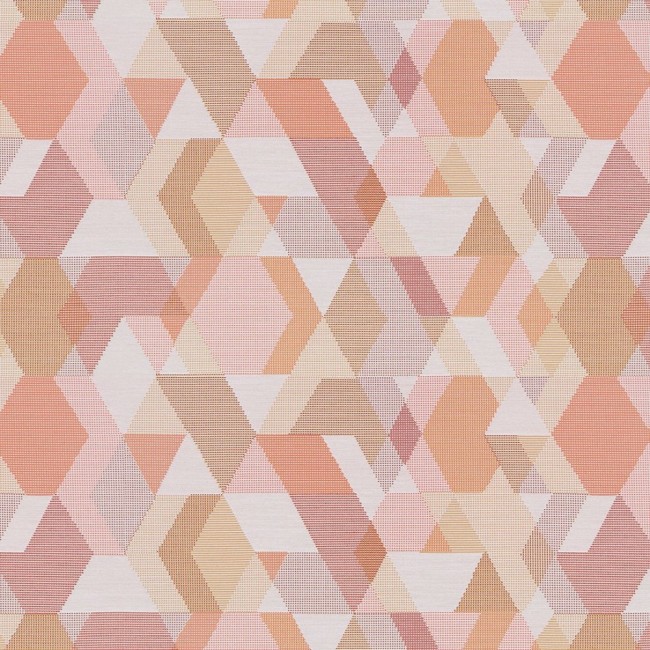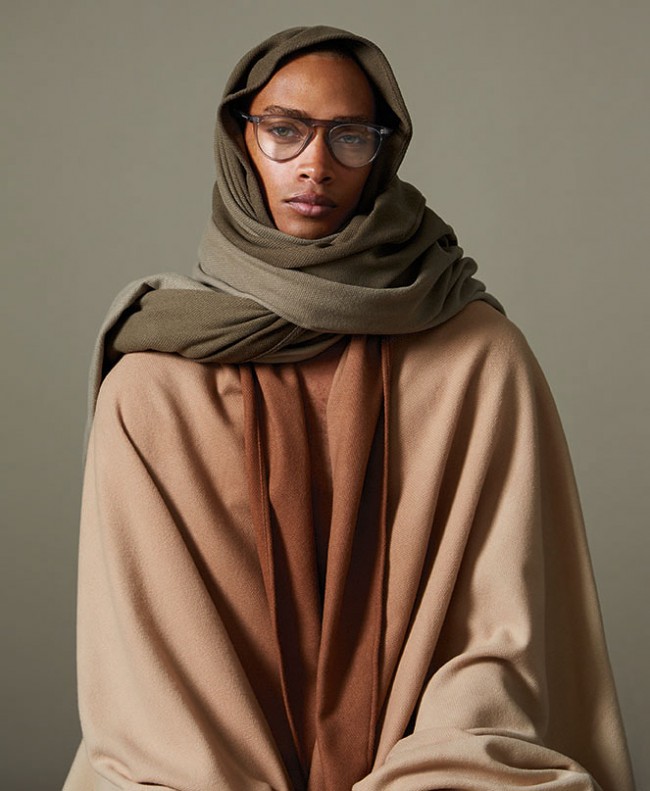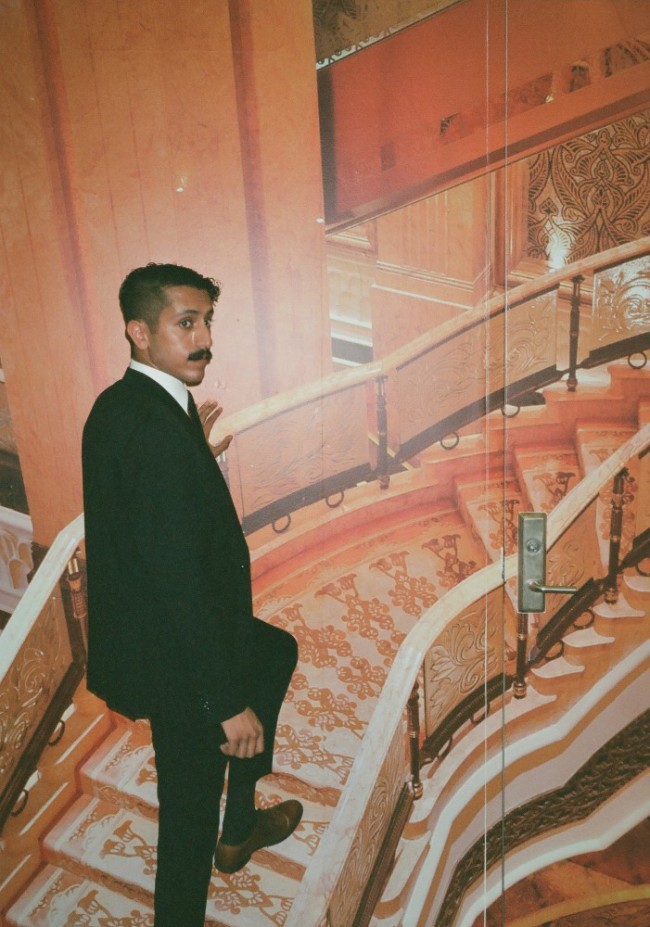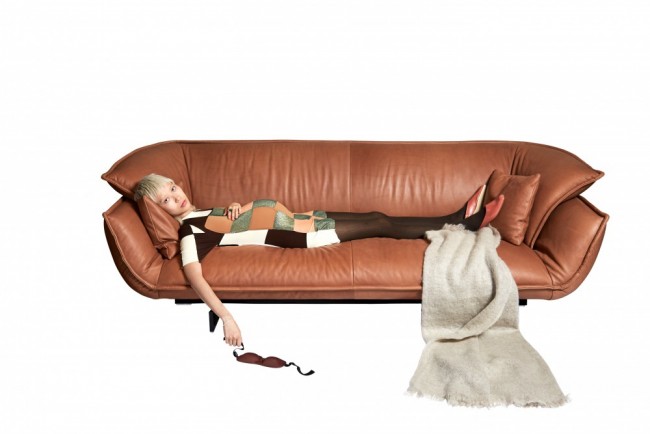FINE FABRICS: AN INTERIVEW WITH PATRIK ERVELL
Since 2005, Patrik Ervell’s eponymous menswear line has been known to reinvent understated luxury. Never one to fall into seasonal trends, Ervell has built his brand’s DNA with well-tailored classics that come with subtle twists to keep things fresh. For the past two collections Ervell has upped the ante on the idea of longevity by teaming up with the venerable textile manufacturing firm Maharam, 113-year-old company specializes in high-performance upholstery fabrics as well as high-end residential settings. PIN–UP visited Ervell in his studio to find out more about this unusual collaboration.
What was it like working with Maharam, rather than sourcing your fabrics from a more conventional fashion textile source?
It’s a very different process because they have the fabrics all available at all times, in every single color. And they have technical fabrics that no one else really has access to for apparel. When you’re working with an Italian mill it’s tricky, people don’t realize how restricted it is. You have to reach a certain minimum per color, which is a challenge as a designer because you have to really limit how many you use. With Maharam all these fabrics already exist. I can offer multiple colors and I can do things I wouldn’t normally be able to. For me it’s a completely new way of working with a fabric mill.
Apart from the availability, what would you say are the biggest differences?
The durability. The sad truth is that a lot of the fabrics for clothes are not made to last forever — they’re made to last, but not more than a few hundred wearings. These Maharam fabrics are made to literally last forever. I you look at this raincoat here, even in a hundred years from now it will still be the perfect shape, if you keep it in your closet. It’s almost what you’re not supposed to do in fashion — it’s supposed to have a built-in obsolescence. But it lends itself very well to what I do, which isn’t really about complete changes each season. There is a thread that carries through each season, and the Maharam pieces are now part of the permanent collection.
What are some of the fabrics you are using?
There is Compound, which is originally meant for seating. It’s not breathable so we have to build in a venting system that’s quite elaborate — it’s a unique construction. For me, that’s what makes it exciting. The design is informed by the technical needs of the garment. Then there is Mohair Extreme, which Maharam also sells for seating. It’s very beautiful. Usually, when you use Mohair in apparel, it sheds a lot. But because of Maharam’s requirements and technical know-how this now makes for an indestructible fur coat.
Are you using a lot of Maharam fabrics in the next collection?
A lot of it continues. The raincoats for example, although they might come back in other colors.
Have you thought about taking any of the fabrics from the clothing and making furniture with them.
Doing the opposite? I’ve actually thought about that a lot. What if I need some sort of reupholstering of something? I think that’d be fun, so it’d be matching the clothes.
Have you thought about designing your own fabrics?
That would be a fun project! But you also have to work years in advance. The development process is much more technical because the fabric has to withstand so much abrasion.
And how would you describe your interior design aesthetic?
I would say that it’s not as stark as people would expect. I always think that, like fashion, the best interiors are the ones that are a bit wrong or that there’s an aesthetic perversity to them.
Photographs by Walter Pearce.







